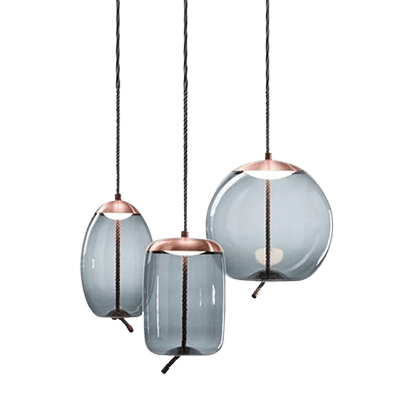Exploring the Benefits of Wider Width Fabrics for Diverse Applications
Exploring the Advantages of Wider Width Fabric
In the world of textiles, innovation and advancement are constant driving forces. One of the trending concepts gaining traction among manufacturers, designers, and consumers alike is the production and use of wider width fabric. This evolution is not just a matter of preference; it presents significant benefits that resonate throughout various sectors, from fashion to interior design.
What is Wider Width Fabric?
Simply put, wider width fabric refers to textiles that are produced in larger widths than the standard dimensions traditionally available. While standard fabrics typically range between 40 to 60 inches wide, wider width options can exceed 100 inches. This shift in fabrication techniques is often facilitated by the latest weaving technologies, allowing for a broader reach of material without compromising quality.
The Benefits of Wider Width Fabric
1. Minimized Seaming
One of the most significant advantages of wider width fabric is the reduction of seams in projects. When using traditional narrower fabrics, multiple pieces must often be stitched together to achieve the desired width for larger projects. This not only increases the labor involved but also can compromise the aesthetic and structural integrity of the final product. Wider width fabrics allow designers to create larger items with a single piece, resulting in a cleaner look and fewer points of potential weakness.
In both fashion and interior design, efficiency is paramount. Wider fabrics enable designers to maximize the use of the fabric without the leftover scraps that can occur with narrower pieces. This efficiency not only saves costs on procurement but also promotes sustainability within the industry by minimizing waste. The environmental impact of textile production can be significant; therefore, utilizing wider fabric helps in reducing the carbon footprint associated with cutting and sewing processes.
wider width fabric

3. Versatile Applications
Wider width fabrics are incredibly versatile and applicable across a wide range of industries. In fashion, they can be used for everything from flowing dresses to grand capes, allowing designers to envision and execute larger-scale garments. In interior design, the benefits are just as profound. Curtains, upholstery, and large-scale drapery can all take advantage of wider fabric, offering stunning visual impact without the disruptive seams that detract from the design.
4. Creative Freedom
The ability to work with wider width fabric enhances the creative possibilities for designers. The larger expanse allows for bolder prints, intricate patterns, and experimental designs that might be challenging or impossible to achieve with narrower fabrics. Designers can push the boundaries of their creativity, using the fabric as a canvas for unique and expressive designs.
5. Improved Customer Satisfaction
For consumers, purchasing a product made from wider width fabric can significantly enhance satisfaction. Whether it’s a sumptuous pair of curtains or an elegant gown, the seamless expanse of fabric translates to a more polished and finished look. Additionally, the durability often associated with wider fabric can lead to a longer lifespan for products, increasing value for consumers.
The Future of Wider Width Fabric
As the demand for wider width fabric continues to grow, it is likely that we will see more innovations in the textile industry aimed at expanding these capabilities. Sustainable practices, combined with advanced weaving technology, will undoubtedly play a crucial role in shaping the future of fabric production.
In conclusion, wider width fabric is not just a passing trend; it represents a significant leap forward in textile design and manufacturing. The benefits of reduced seaming, improved efficiency, versatility, creative freedom, and enhanced customer satisfaction make it an appealing option for designers and consumers alike. As this movement continues to gain momentum, we can expect to see even more groundbreaking advancements in the world of fabric, paving the way for a more expressive and sustainable future in textiles.
-
Elevating Comfort and Quality with the Right Bed LinenNewsJul.07, 2025
-
Bedding Essentials: From Percale Sheets to White Quilts, Finding Your Perfect Sleep HavenNewsJul.07, 2025
-
Choosing the Right Bedding for a Comfortable and Stylish BedroomNewsJul.07, 2025
-
Understanding the Diverse World of Towel TypesNewsMay.29, 2025
-
The Ultimate Comfort: Discover the Benefits of Polycotton SheetsNewsMay.29, 2025
-
Experience Luxury with 1800 Brushed Microfiber SheetsNewsMay.29, 2025
-
Elevate Your Sleep with Luxurious Hotel Sheets for SaleNewsMay.29, 2025






